Will AAC Hinder Speech? The Facts You Need to Know

Many parents, caregivers, and educators worry about Augmentative and Alternative Communication (AAC). This includes tools like communication devices for autism, picture cards, speech-generating devices (SGDs), and sign language. They wonder if using AAC might stop a person from learning to speak. This worry often stems from the fear that relying on AAC might discourage speech efforts.
However, research and clinical experience show that AAC does not stop speech development—in fact, it often supports it. This article looks at how AAC relates to speech. It clears up myths and gives facts. This is especially for nonverbal or minimally verbal people with autism who use AAC devices to communicate.
Understanding AAC and Its Role
AAC includes any method of communication that supplements or replaces speech for individuals with communication difficulties. It can be:
- Unaided AAC (e.g., gestures, sign language)
- Aided AAC (e.g., PECS (Picture Exchange Communication System), speech-generating devices for autism, tablet-based apps like Proloquo2Go)
AAC is commonly used by people with:
- Autism spectrum disorder (ASD) (especially those who are nonverbal or have limited speech)
- Cerebral palsy
- Apraxia of speech
- Down syndrome
- Traumatic brain injuries
Myth: AAC Prevents Speech Development
Reality: AAC Supports Speech
Contrary to the myth, studies show that AAC devices for nonverbal autism and other conditions:
- Reduce Frustration – When a person can communicate effectively (even nonverbally), they are less likely to experience anxiety around speaking.
- Encourage Language Development – Communication devices for autism provide a model for sentence structure, vocabulary, and social interaction, which can translate into spoken language.
- May Stimulate Speech – Many children who use AAC for speech delay begin to imitate words they see or hear through their device.
Research Findings
- A study from 2016 looked at Augmentative and Alternative Communication (AAC). It found that 89% of children using AAC either had no change in their speech or spoke more. This included those using high-tech speech devices for autism.
- The "Gateway Hypothesis" says that AAC can help people move to verbal speech. It does this by reducing pressure and allowing practice in communication.
How AAC Can Help Develop Speech
1. Provides a Communication Foundation
AAC devices for nonverbal children give individuals a way to express themselves while their speech skills develop. This foundation can lead to increased confidence in attempting speech.
2. Encourages Vocalization
Many AAC users with autism start by using AAC along with vocal sounds. For example, they might press a button while trying to say a word. Over time, this can lead to more consistent speech.
3. Strengthens Language Skills
Communication tools for autism expose users to:
- Correct word order
- Grammar rules
- Social communication (e.g., greetings, questions)
This structured input can help with spoken language development.
When Speech Doesn’t Develop
While many AAC users with autism develop some speech, some may continue to rely primarily on AAC. This is not because AAC prevented speech, but because:
- Their motor or neurological differences make speech extremely difficult (e.g., severe apraxia).
- They find AAC devices for communication more efficient or comfortable.
- Even in these cases, AAC remains a vital tool for communication and independence.
Best Practices for Supporting Speech with AAC
To maximize the benefits of AAC for speech delay while encouraging speech:
- Use a Multimodal Approach – Combine AAC devices for autism with spoken words, gestures, and facial expressions.
- Model Speech Alongside AAC – Say words aloud while selecting them on a speech-generating device.
- Encourage Imitation – Prompt the user to repeat words after they’re spoken or generated by the device.
- Work with a Speech Therapist (SLP) – An SLP can tailor strategies, especially for nonverbal children using AAC.
Best Affordable AAC Communication Devices for Autism: Joyreal Budget-Friendly Options
For families and teachers looking for affordable AAC solutions for nonverbal or minimally verbal individuals with autism, Joyreal provides simple and durable communication devices. These devices balance functionality and cost.
Joyreal Basic Talker (Best for Beginners)
1. Affordable Price Point
- Priced between $23.99, Joyreal aac devices are significantly more budget-friendly than high-end AAC systems.
- Clear, natural-sounding voice
1. Durable & Easy to Use
- Designed with sturdy materials to withstand daily use.
- Simple interface with large, tactile buttons—ideal for young learners.
2. Good for Basic Communication Needs
- Pre-recorded voice output helps users express essential phrases.
- Expanded vocabulary (up to 24 messages)
- Lightweight & portable for use at home, school, or therapy sessions.
Best For: Toddlers or first-time AAC users
Conclusion: AAC Is a Tool, Not a Barrier
The fear that AAC stops speech development is a myth. Evidence shows that communication devices for autism and other AAC tools:
- Support language growth
- Reduce frustration
- Can encourage speech
For some, speech may develop alongside AAC devices for nonverbal communication; for others, AAC remains their primary voice. The key is to provide communication access in the way that works best for the individual.
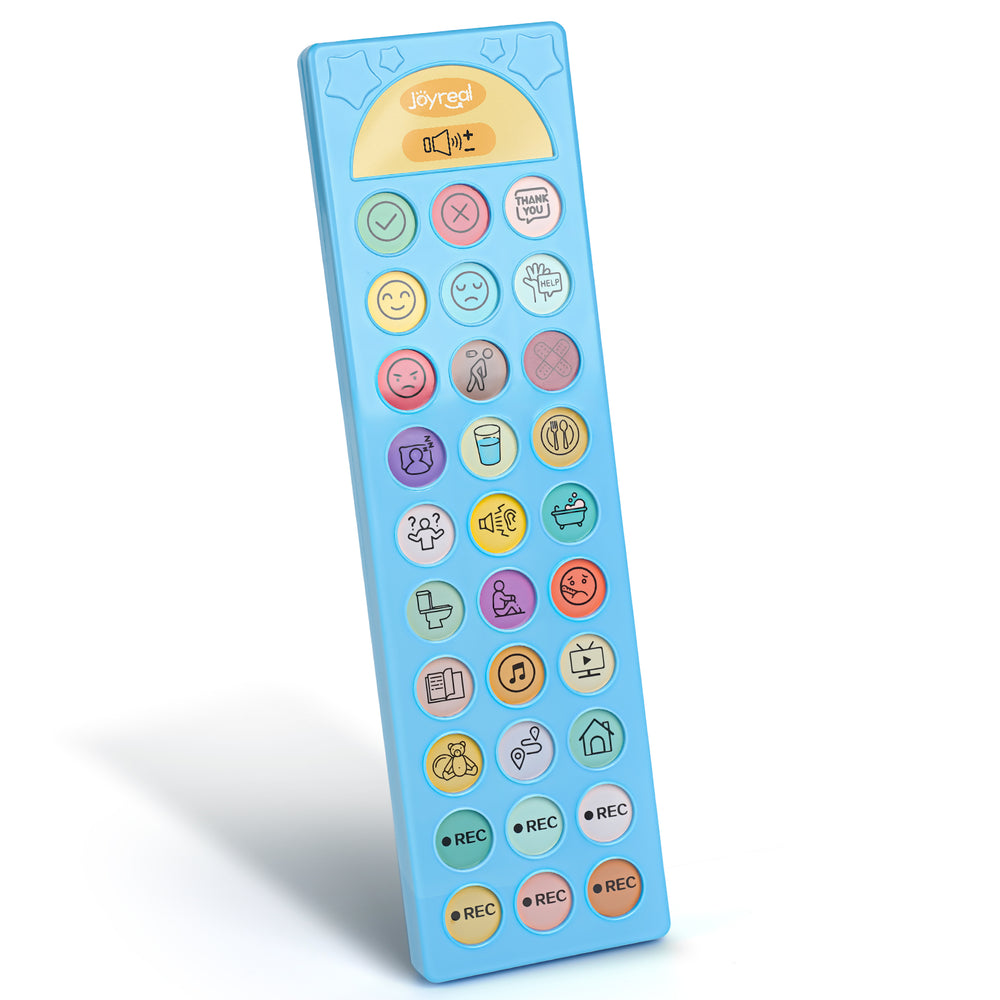

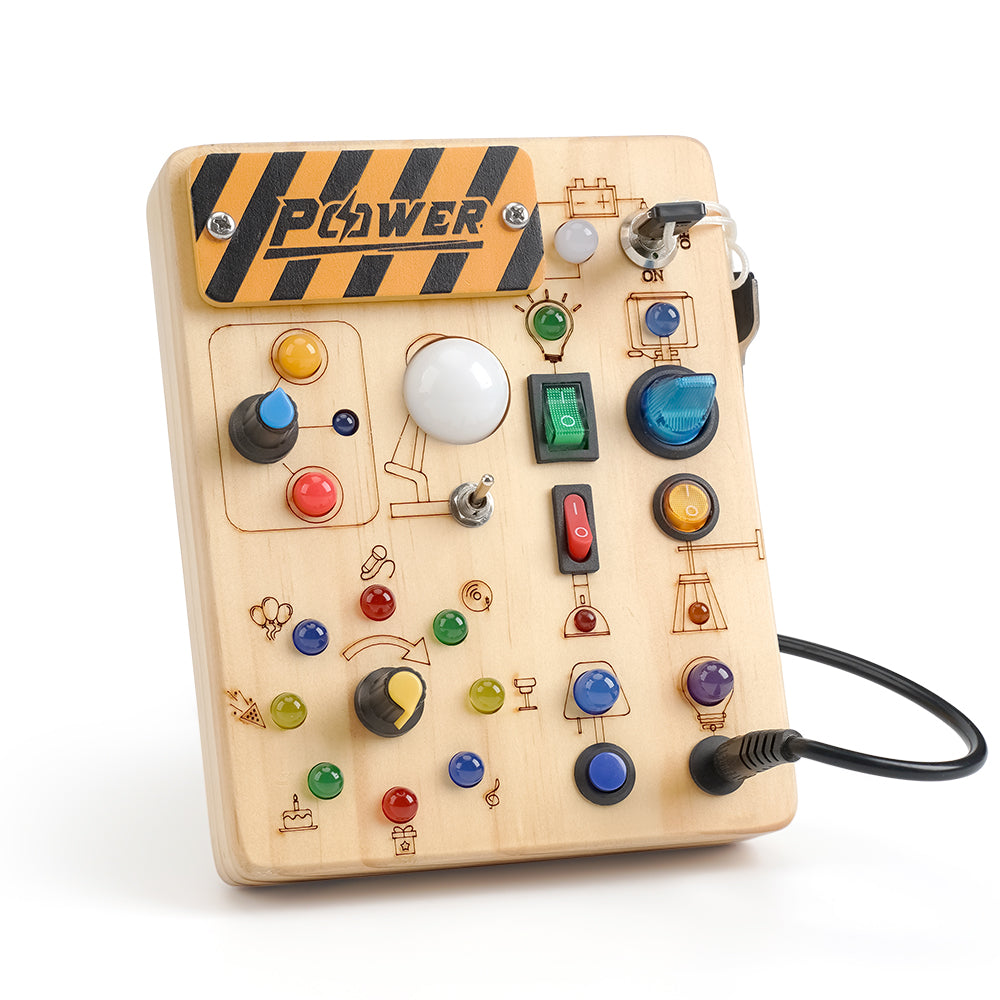
Maybe it will be helpful for you:
Recent Post

The Importance of Speech, Language, and Literacy in Shaping a Child's Future
From the first babbles to full sentences, a child’s language develo...
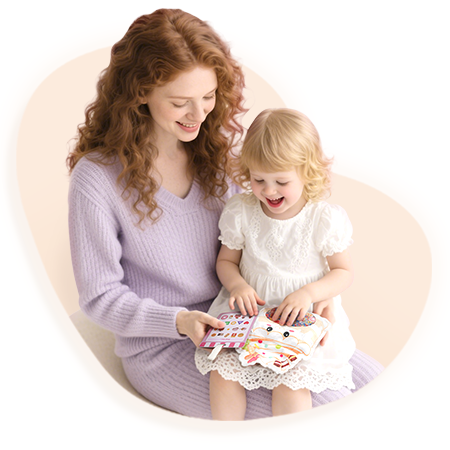
How Joyreal AAC 2.0 is a Game-Changer for Families Facing Autism Communication Challenges
Autism Spectrum Disorder (ASD) is a complex neurodevelopmental cond...

A Parent’s Guide to Sensory Play & Toys for Kids with ASD
Sensory toys play a crucial role in the lives of children with auti...
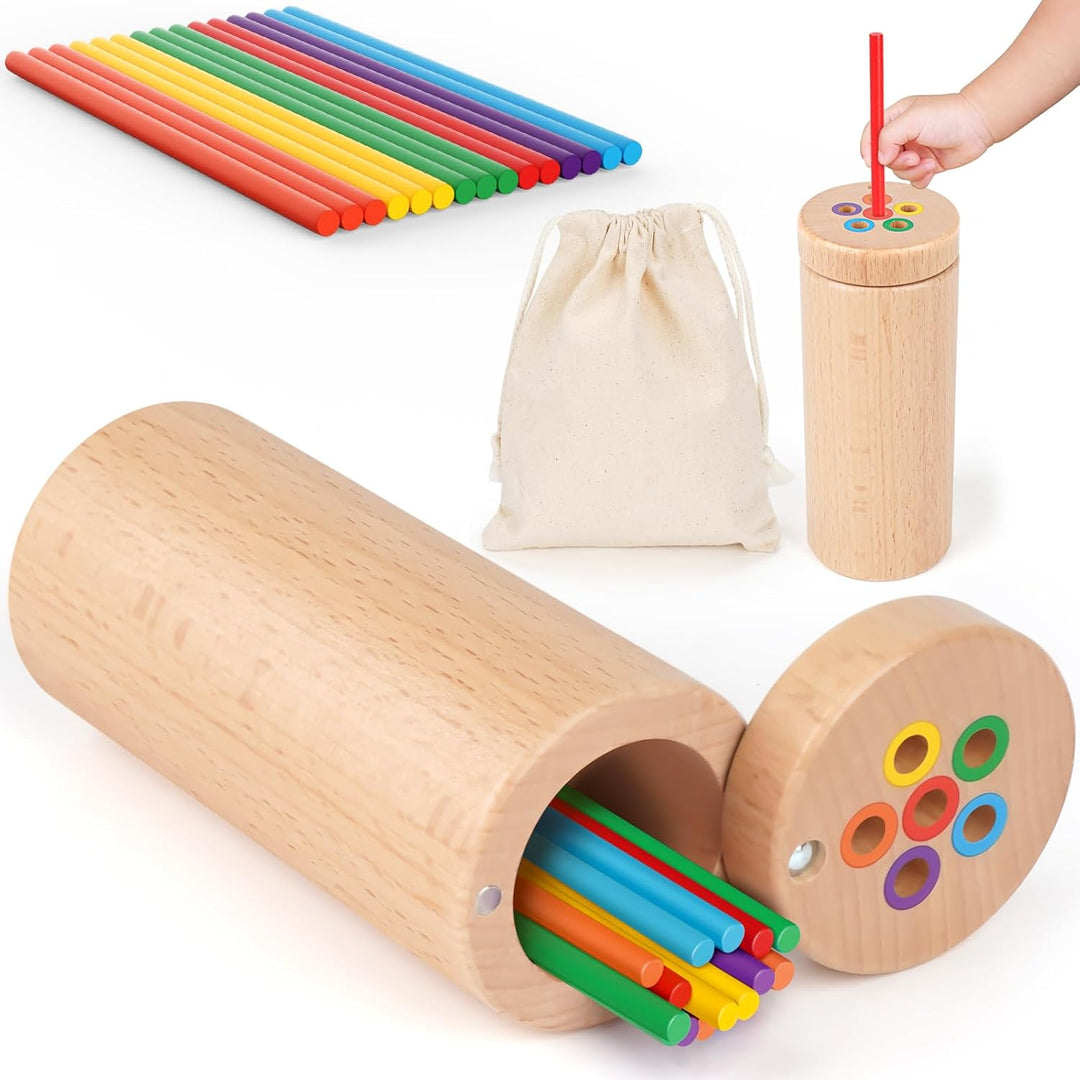
From Fun to Learning: The 2025 Top Toy Picks for Every Child
As we usher in the new year, there’s no better way to set your lit...
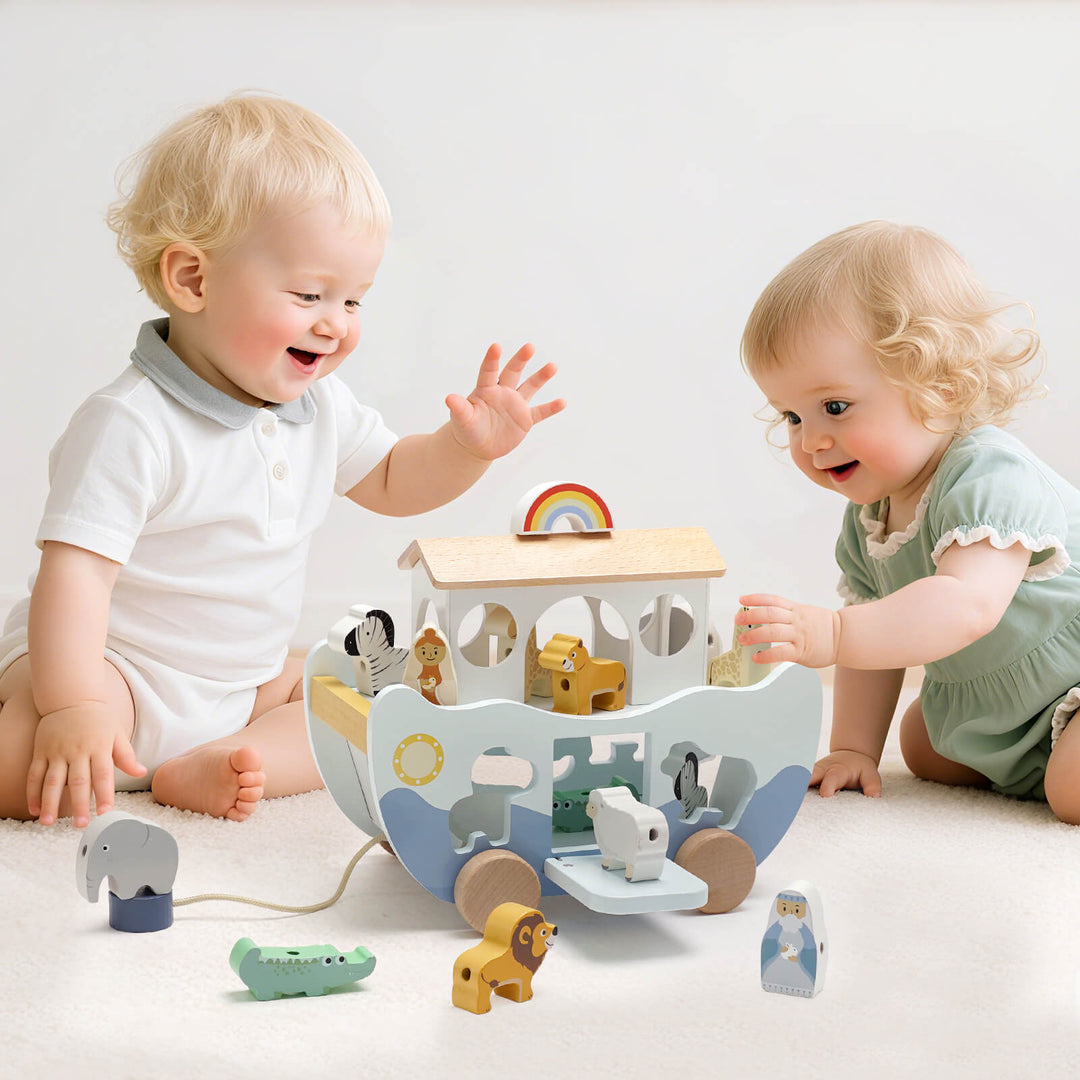
Why Play is Essential for Cognitive Growth in Children with Special Needs
The Role of Play in Enhancing Cognitive Skills for Children with Sp...

Back-to-School Prep for Children with Autism: A Parent’s Guide
Back-to-school season can be a time of excitement, stress, and unc...

Starting Preschool: The Must-Have Back-to-School Checklist for Parents
As you check off pencils, folders, and lunchboxes from your back-t...

Joyreal Communication Device: The Top Choice for Autism Families
For many individuals with autism, speaking up can be a daunting c...

Where to Find Low-Cost Speech Therapy Tools: A Comprehensive Guide
Speech therapy plays a crucial role in helping individuals—especia...

Baby Language Development: From First Sounds to Speech
Watching your baby progress from cooing to conversing is one of pa...











